Artificial Rosemary Stem Artificial Herbs
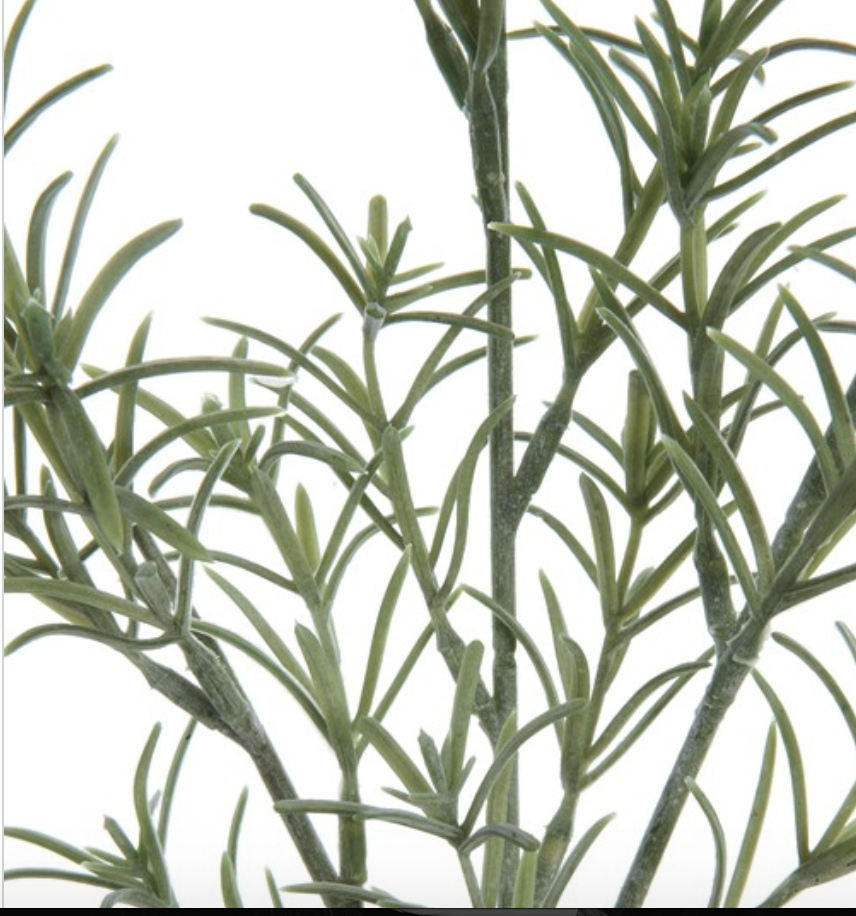
19"H Faux Rosemary Stem Construction2style
While you generally don't want to cut into the woody sections of rosemary, old, dead growth, or woody stems that are growing into each other can be pruned away to open up the center of the plant and improve airflow. 4. Make the cuts. After pruning back any damaged areas of the plant, begin pruning the actively growing rosemary stems by.

Rosemary stems Long
Sprigs of rosemary with the stem intact can be added to soups and stews and then removed prior to serving. To remove the leaves from a rosemary stem, simply pinch the tip of the stem and pull back toward the base and the leaves should easily pull away. The leaves are usually then chopped further to prevent using large, tough pieces of the herb.
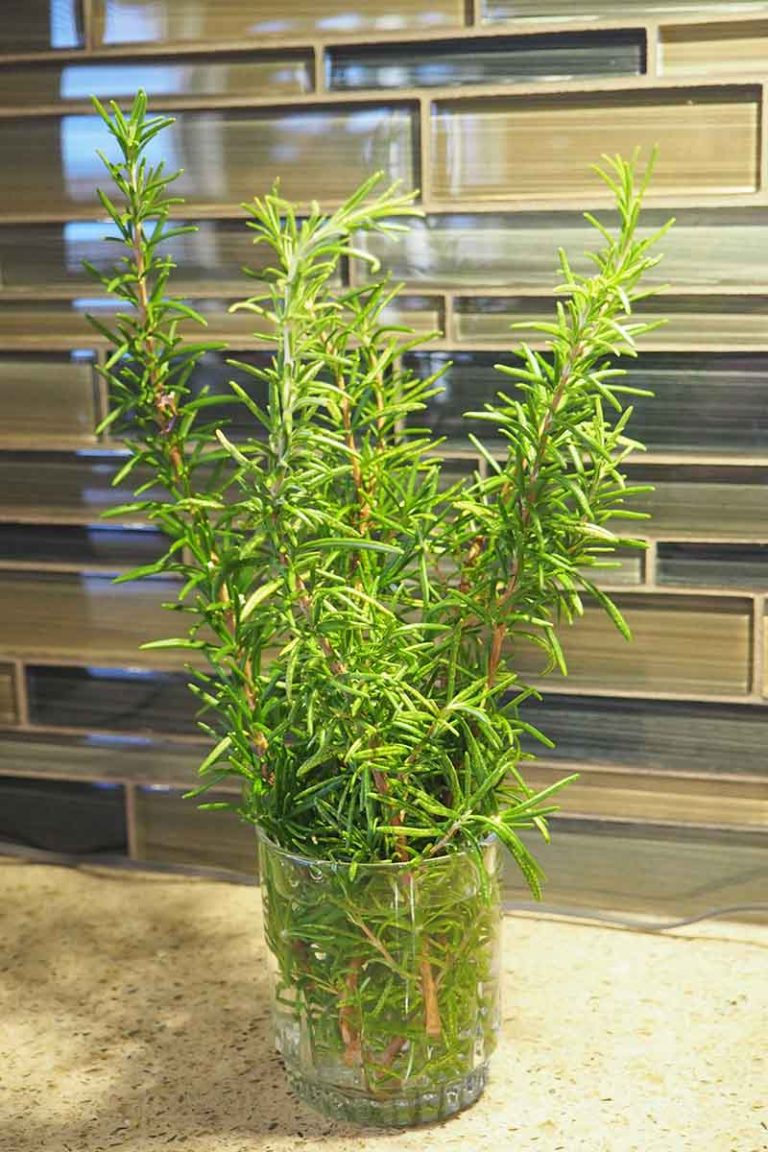
How to Grow Rosemary in the Home Herb Garden Gardener’s Path
Follow the stem down 6 to 10 inches long and cut just below a node. Strip the leaves off the bottom few inches of the stem. Use scissors or a knife to shave some of the outer wood from the bottom of the stem. This process makes it easier for the cutting to sprout new roots.

One Bunch of 7 Shorter Artificial Rosemary Stems ITEM 01517 Etsy
Step 1: Take stem cuttings. Stephen Cridland. Snip 3- to 6-inch-long cuttings from healthy rosemary stems using sharp, clean garden shears or scissors. Clip cuttings directly above a leaf node to encourage the mother plant to branch. Remove any leaves on the lower 2 inches of the cuttings with your fingers.

Rosemary Bacterial Gall on Stems Walter Reeves The Gardener
However, as with everything else in life, this rule comes with an exception. According to America's Test Kitchen, woody-stemmed herbs like rosemary or thyme can sometimes have thin, green.

Set of Rosemary Stems Isolated on White Background Stock Photo Image
Snip off stems as required. Harvest no more than 20% of your plant at any time, allowing the plant to keep an attractive shape. To dry Rosemary, hang up sprigs in a warm, dark, well-ventilated place. When completely dry, strip the whole leaves from the stems and store them in airtight containers.
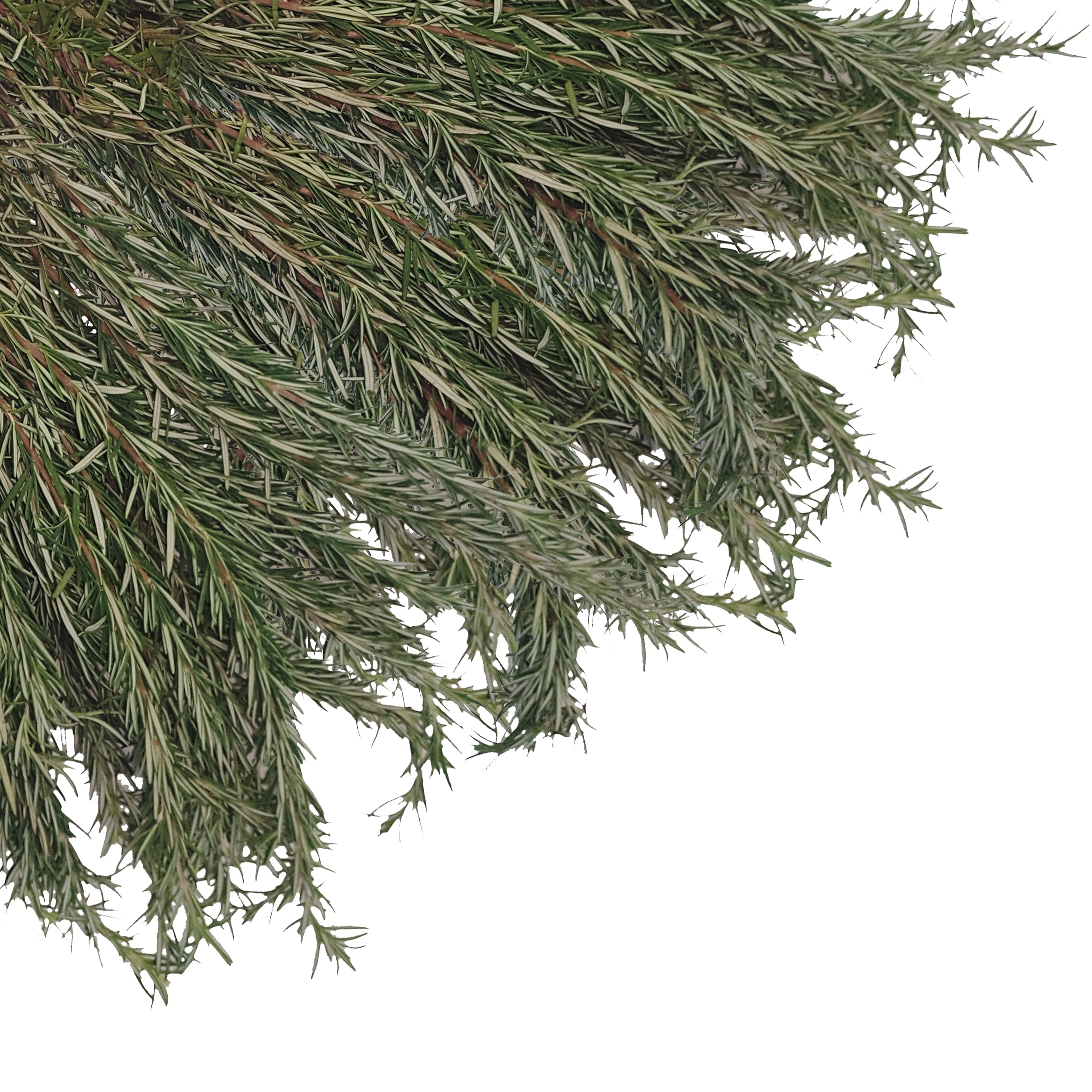
Rosemary Fresh Cut 100 Stems
The rosemary plant (Salvia rosmarinus) is a fragrant herb that grows as a perennial, rounded, evergreen shrub. It features slender, needle-like, gray-green leaves on erect woody stems. Clusters of small, light blue to white flowers appear typically in the late spring to early summer, though it can bloom at other points of the year as well.

Snip rosemary stems in the soft stems, not the harder woody parts of
STEP 3: Remove lower leaves from the cut stem. Gently remove the leaves from the bottom 2 to 3 inches of the stem. Keep a small bunch of leaves (five or six) remaining at the top. The end stripped.

Rosemary Bloomingmore
Rosemary is a great addition to a flavor-rich pasta sauce alongside other Mediterranean herbs like thyme, marjoram, and oregano. Don't leave the whole rosemary stems in your dish. The stems are tough to the point of being inedible. At best, they can be an annoyance; at worst, they can become choking hazards. Don't cook dried rosemary for.

Rosemary Stems 1.0 Oz. Bundle Etsy
Step 4: Stimulate Rooting. Rosemary cuttings can develop roots all on their own but if you want to start that action more successfully, use rooting hormone powder. It stimulates the cuttings to make roots fairly quickly, but this ingredient is purely optional. Most rosemary cuttings will form roots without it.

Stems of Fresh Rosemary on a Wooden Surface Stock Image Image of
While all rosemary stems are delicious, select younger new shoots for the freshest flavor. Rosemary is also most flavorful just before flowering in early spring. To harvest rosemary: Use pruners or scissors and cut off 4-inch stem tips. Gather in the morning once the dew has evaporated from the foliage.
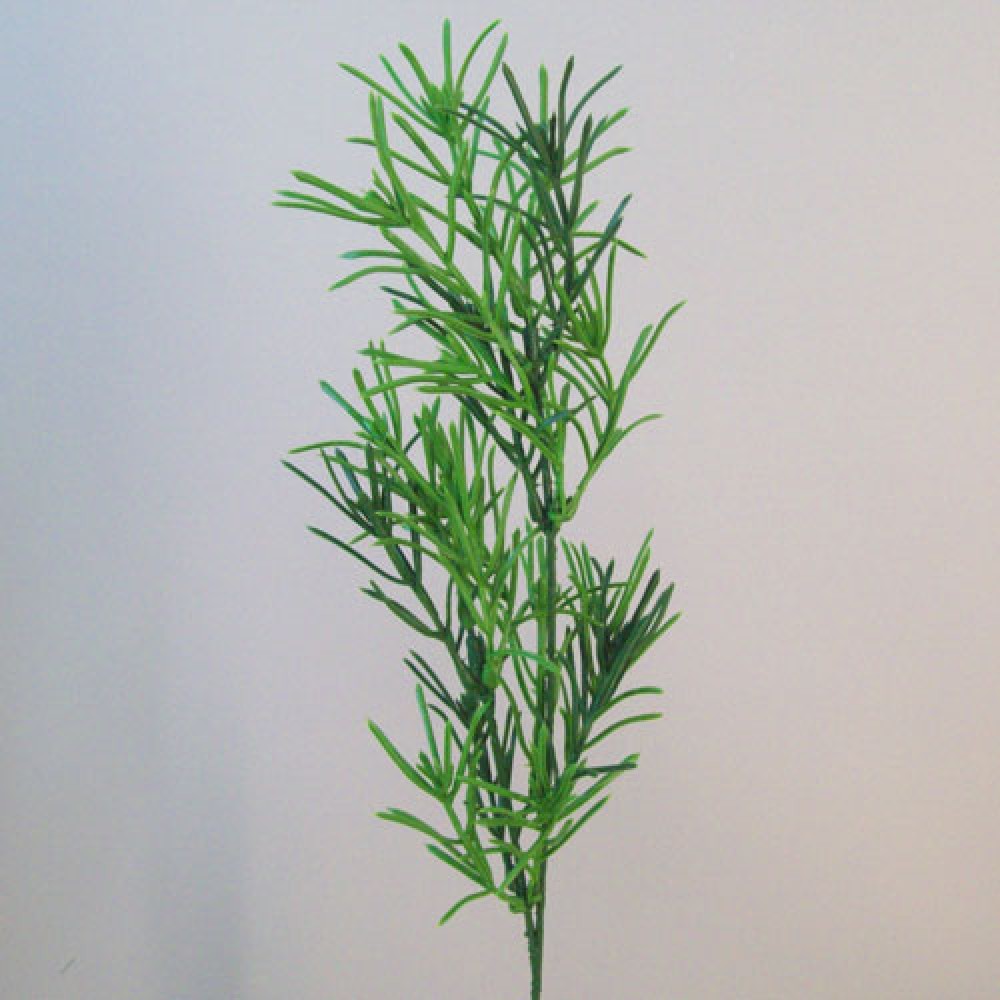
Artificial Rosemary Stem Artificial Herbs
Stick the stems in a jar of water and place the jar in a warm place away from direct sunlight. Change the water every couple days, replacing with room temperature water. The fresh water provides dissolved oxygen and prevents the cuttings from rotting. The rosemary stem cuttings should grow roots in a few weeks depending on the temperature.

Fresh Organic Rosemary 12 Stems Etsy
Step 1: Choose Your Season. To propagate rosemary successfully, take cuttings in late spring to early summer. The best time to propagate rosemary from cuttings is in the late spring to early summer when rosemary is actively putting on new growth. Ideally, you should take your cuttings before the plant starts flowering.
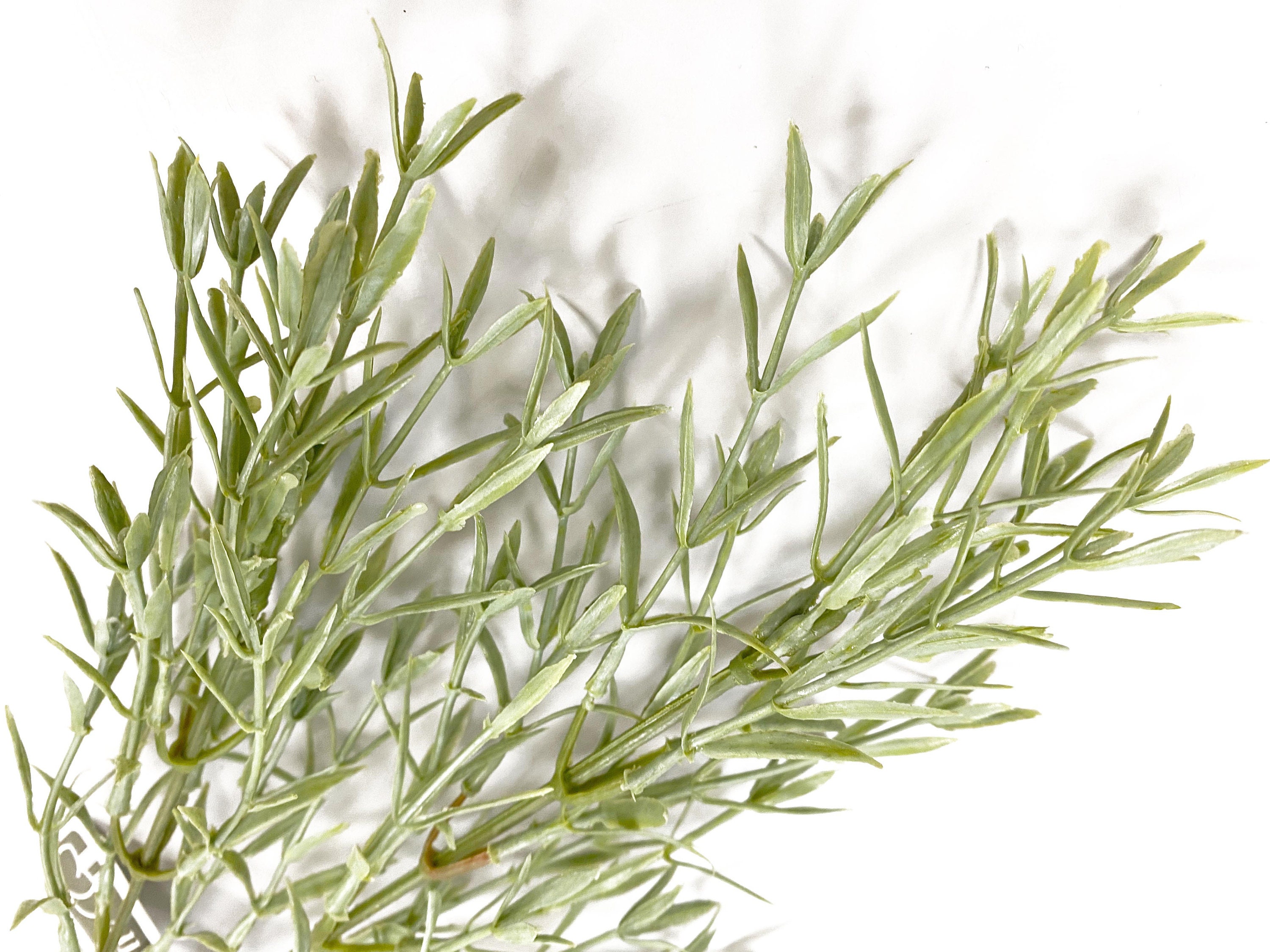
Artificial rosemary rosemary stem faux herb herb decor Etsy
Take smaller, younger stems from rosemary plants for the freshest taste. Trim off the smallest, newest stems when you harvest fresh rosemary if you want the most rosemary flavor from the leaves. The young leaves are also the most fragrant. You can either use fresh rosemary right away, store it in airtight containers for up to 2 weeks, or dry it.

Brown spots on rosemary stems? — BBC Gardeners' World Magazine
Fresh rosemary stored using this method can last for up to 2 weeks. You can also refrigerate the stems for short-term use without moisture. Wrap the stems in a couple of paper towels to keep the foliage dry. Seal the wrapped herbs in a plastic bag and store it in the refrigerator. Use cut rosemary stored in a plastic bag for 3 to 5 days.

Stems of Fresh Rosemary on a Wooden Surface Stock Image Image of
Plants should be 2 to 3 feet apart, and seeds planted with just a dusting of soil on them. To plant a potted rosemary, dig a hole about the same width and depth as the planting container. Remove the plant and loosen the roots a bit from the root ball before placing in the hole. Backfill with soil, tamp lightly, and water well.